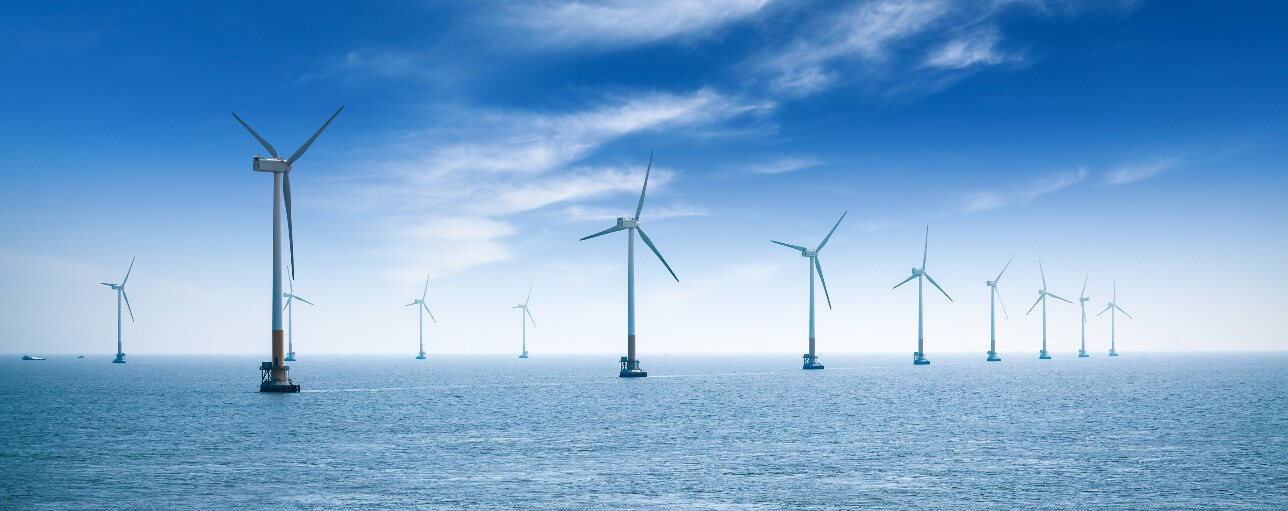The project is aimed at developing a new Recommended Practice to support wider acceptance and adoption in industry standards of Turbulence Intensity (TI) measurement by light detection and ranging (LIDAR)

Image: DNV GL calls on industry stake holders to join its project on LIDAR. Photo: Courtesy of DNV GL.
Norwegian technical inspection and certification body DNV GL is calling wind energy stakeholders to join in a new Joint Industry Project (JIP) to explore the potential of using LIDAR to measure wind speed Turbulence Intensity (TI) for various applications in the wind industry.
As per DNV GL, the measurement of meteorological conditions such as wind speed and TI are essential for assessing and verifying the feasibility of new wind projects.
The present standards require that these measurements be made using meteorological masts (met masts), which are expensive to install, particularly on offshore sites.
Recent advances in LIDAR technology offer a new way to carry out the meteorological measurements required for turbine certification and site assessment at much lower costs. Floating LIDAR systems can be used for measuring in previously inaccessible locations such as deep water sites, offering more accurate energy yield assessment.
However, LIDAR measurements are not widely accepted by certification bodies, insurers or authorities. DNV GL said that by creating a Recommended Practice for LIDAR that is supported by players throughout the industry, the joint project aims to drive acceptance of the technology and help reduce costs for turbine OEMs and wind project developers.
The JIP is intended for wind turbine and LIDAR manufacturers, wind farm developers, universities and research facilities, consultants and measurement institutes looking for guidelines to use LIDAR TI measurements for different applications.
DNV GL renewables certification executive vice president Kim Mørk said: “Launching this Joint Industry Project is an important step in making LIDAR-measured Turbulence Intensity certifiable and accepted by different wind energy stakeholders.
“As a certification body, it is our goal to support the wind industry in enabling cost-effective and reliable measurement of TI based on LIDAR data. The positive feedback we have already received from potential partners shows the strong desire within the industry for a new guideline.”
